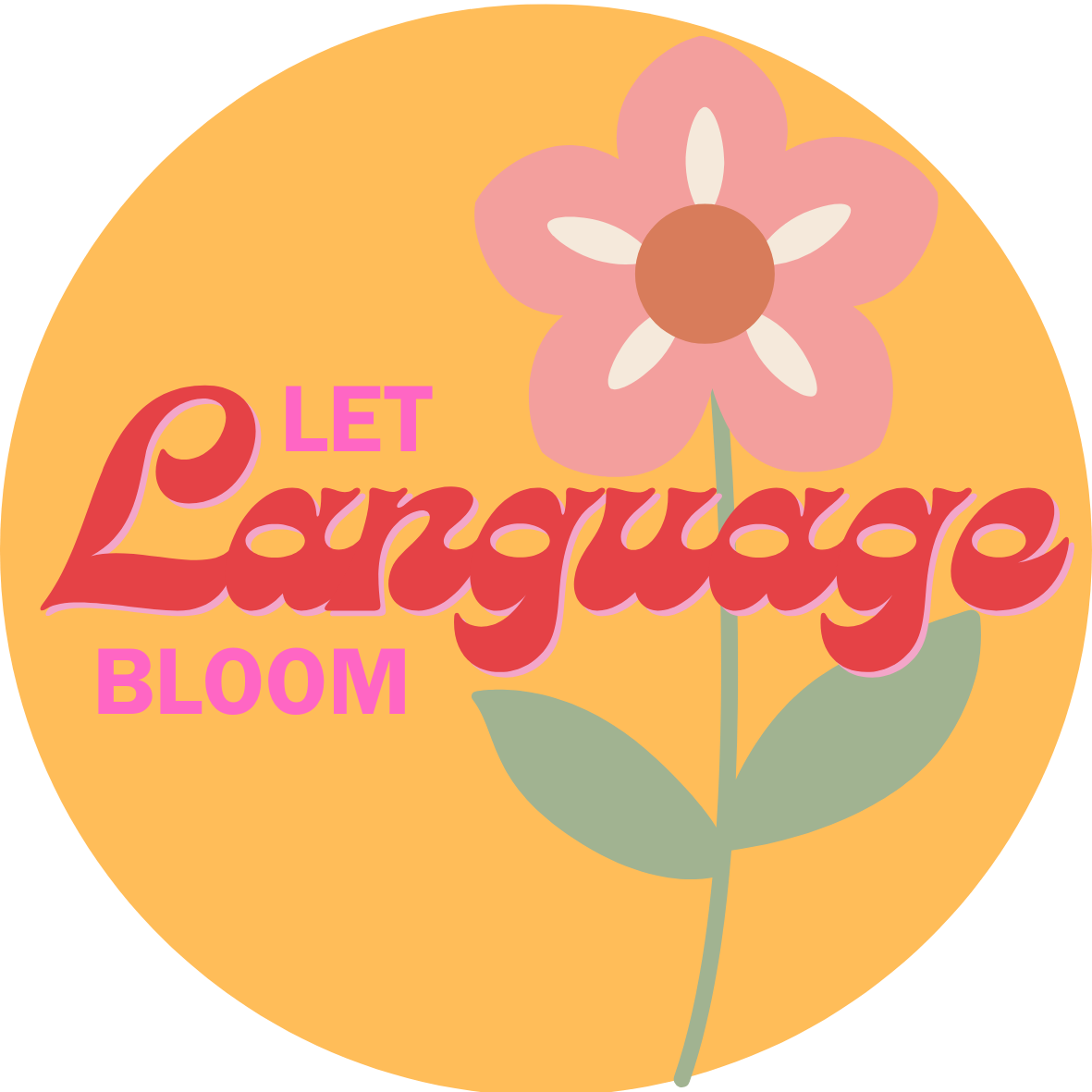Celebrating Unity in Diversity: Holidays Across Continents for Inclusive Teaching
As educators, the holiday season presents a unique opportunity to foster cultural understanding and inclusivity in our classrooms. For Culturally and Linguistically Diverse (CLD) teachers, integrating a global perspective into holiday projects can create a rich and meaningful learning experience. In this comprehensive guide, we will explore diverse holidays celebrated around November, December, and January, spanning Asia, the Middle East, Latin America, and other regions, offering insights for CLD teachers seeking to promote culturally responsive teaching.
Holidays Around the World:
Asian Holidays
Diwali (India):
Date: October or November.
Traditions:Diwali, the Festival of Lights, is marked by the illumination of homes with oil lamps (diyas), gift exchanges, and festive meals. It symbolizes the triumph of light over darkness and good over evil.
Chhath Puja (India and Nepal):
Date: October or November.
Traditions: Devotees perform rituals near water bodies, fasting and offering prayers to the sun god. The festival underscores purity and the connection between humans and nature.
Loy Krathong (Thailand):
Date: November.
Traditions: Loy Krathong, or the Festival of Lights, involves floating decorated baskets on water to express gratitude and let go of negativity.
Dongzhi Festival (East Asia):
Date: December 21st or 22nd.
Traditions: Dongzhi marks the winter solstice, emphasizing family gatherings and the consumption of tangyuan (sweet rice balls).
Christmas (Philippines):
Date: December 25th.
Traditions: Simbang Gabi, dawn masses, and vibrant parades characterize Christmas in the Philippines. Families come together for Noche Buena, a Christmas Eve feast.
Pongal (South India and Sri Lanka):
Date: Mid-January.
Traditions: Pongal, a harvest festival, involves the cooking of a special dish, decorating homes with kolams (rice flour drawings), and expressing gratitude for the harvest.
Latin American and Mexican Holidays:
Las Posadas (Mexico and Latin America):
Date: December 16th to 24th.
Traditions: Las Posadas is a reenactment of Mary and Joseph's search for lodging. Families participate in processions, break piñatas, and enjoy traditional foods. The celebration fosters community spirit and reflects themes of hospitality.
Los Reyes Magos (Latin America):
Date: January 6th.
Traditions: Celebrated on Epiphany, Los Reyes Magos (The Three Wise Men) is significant in Latin America. Families commemorate the journey of the Wise Men with parades, festive gatherings, and the sharing of Rosca de Reyes, a sweet bread with hidden figurines.
Noche Buena (Latin America):
Date: December 24th.
Traditions: Noche Buena, meaning "Good Night," is a hallmark of Latin American Christmas celebrations. Families come together on Christmas Eve for a festive feast featuring traditional dishes such as tamales, lechón (roast pig), and various sweets. The atmosphere is filled with joy, music, and the exchange of gifts, creating lasting memories.
Eastern European, Russian, and Ukrainian Holidays:
Christmas (Eastern Europe, Russia, Ukraine):
Date: January 7th (Orthodox Christmas).
Traditions: Christmas in Eastern Europe, Russia, and Ukraine is celebrated with religious services, festive meals, and various customs. Traditional foods include kutia (sweet grain pudding), borscht (beet soup), and pierogi. In some regions, the holiday season culminates in the celebration of Epiphany on January 19th.
New Year's Eve (Eastern Europe, Russia, Ukraine):
Date: December 31st.
Traditions: New Year's Eve is a major celebration with fireworks, parties, and festive meals. Ded Moroz (Father Frost) and Snegurochka (Snow Maiden) are traditional characters who bring gifts to children. The arrival of the New Year is marked with countdowns, toasts, and wishes for good fortune.
Maslenitsa (Russia and Ukraine):
Date: Seven weeks before Orthodox Easter.
Traditions: Maslenitsa, also known as Pancake Week, is a festive week before Lent. It involves the making and eating of blini (pancakes), outdoor activities, and the burning of a symbolic straw effigy to bid farewell to winter.
Middle Eastern Holidays:
Eid al-Fitr (Islamic):
Date: Varied, marking the end of Ramadan.
Traditions: Celebrated with prayers, festive meals, gift exchanges, and acts of charity, emphasizing community and breaking the fast after Ramadan.
Eid al-Adha (Islamic):
Date: Approximately 70 days after Eid al-Fitr.
Traditions: Commemorating Ibrahim's willingness to sacrifice, families sacrifice animals, distributing the meat to the less fortunate, symbolizing sacrifice, faith, and charity.
Nowruz (Persian New Year):
Date: March 20th or 21st.
Traditions: Nowruz, a secular celebration, involves setting a festive table (Haft-Seen), spring cleaning, and visiting friends and family, symbolizing renewal and new beginnings.
Mawlid al-Nabi (Islamic):
Date: Varied, celebrating the birth of Prophet Muhammad.
Traditions: Mawlid al-Nabi involves prayers, processions, and gatherings to share stories about the Prophet's life, promoting respect and commemoration.
Practical Tips for CLD Teachers:
Inclusive Holiday Projects: Encourage students to share their family traditions and holiday celebrations to create inclusive projects. Turn it into a speaking activity by having students present their projects to their peers.
Guest Speakers and Virtual Tours: Bring holiday experiences to life with guest speakers or virtual tours to enhance cultural understanding. Even better, invite parents and other family members to tell their stories to the class!
Multilingual Resources: Provide resources in various languages to highlight the historical and cultural backgrounds of each celebration. Having an array of books in your classroom that speak of all holidays can be a great resource for lessons.
Respectful Inquiry: Foster an environment of respectful inquiry, encouraging open dialogue to deepen understanding. Creating a socratic seminar around the holidays can promote a safe and respectful space to discuss these subjects.
Celebrating Every Tradition:
It's essential to honor all traditions, giving voice to every student's unique cultural heritage. Involve families by inviting them to share their holiday traditions through presentations, stories, or interactive activities. Encourage students to bring in traditional foods or heirlooms, adding authenticity to the learning experience and fostering pride in one's cultural roots.
By creating a space where every tradition is valued and celebrated, CLD teachers can instill a sense of belonging and cultural pride in their students. The classroom becomes a microcosm of the diverse and interconnected world we live in, where every voice is heard, and every tradition is respected. This approach not only enriches the educational experience but also cultivates a deep understanding and appreciation for the global tapestry of cultures.

